Using Legal Blockchain Technology in Optically Readable Multi-Dimension Codes
U.S. federal law first adopted in 1789 that gives the federal courts jurisdiction to hear lawsuits filed by non-U.S. citizens for torts committed in violation of international law.
When the ATS was drafted in the 18th century, international law dealt primarily with regulating diplomatic relations between States and outlawing crimes such as piracy, however international law in the 21st century has expanded to include the protection of human rights.
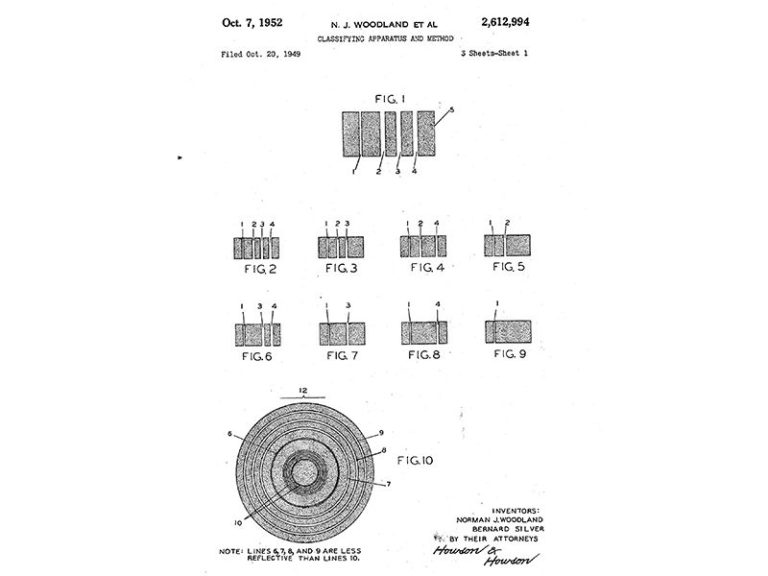
Inventor Joe Woodland drew the first bar code in sand in Miami Beach, decades before technology could bring his vision to life. Joe Woodland said himself it sounded like a fairy tale: he had gotten the inspiration for what became the bar code while sitting on Miami Beach. He drew it with his fingers in the sand. What he was after was a code of some sort that could be printed on groceries and scanned so that supermarket checkout queues would move more quickly and stocktaking would be simplified.
Back in Philadelphia, Woodland and Silver decided to see if they could get a working system going with the technology to hand. They first filed a patent in 1949, which was finally granted in 1952. Although the patent illustrates the basic concept, there is only a smattering of anecdotal evidence about what Woodland and Silver actually built.
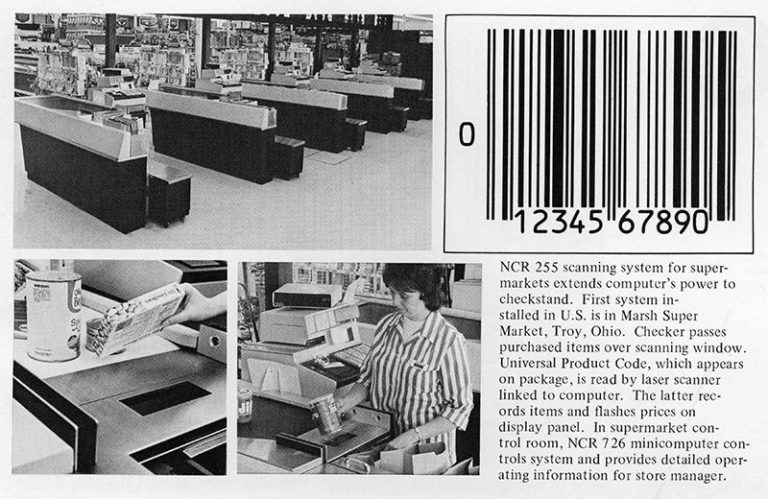
Inventor Joe Woodland drew the first bar code in sand in Miami Beach, decades before technology could bring his vision to life. Joe Woodland said himself it sounded like a fairy tale: he had gotten the inspiration for what became the bar code while sitting on Miami Beach. He drew it with his fingers in the sand. What he was after was a code of some sort that could be printed on groceries and scanned so that supermarket checkout queues would move more quickly and stocktaking would be simplified. That such a technology was needed was not his idea: it came from a distraught supermarket manager who had pleaded with a dean at Drexel Institute of Technology in Philadelphia to come up with some way of getting shoppers through his store more quickly. The delays and the regular stocktaking were costing him his profits. The dean shrugged him off, but a junior postgraduate, Bernard "Bob" Silver, overheard and was intrigued. He mentioned it to Woodland, who had graduated from Drexel in 1947. Woodland was already an inventor, and he decided to take on the challenge.
It was here, at just after 8 a.m. on June 26, 1974, that the first item marked with the Universal Product Code (UPC) was scanned at the checkout of Troy’s Marsh Supermarket.
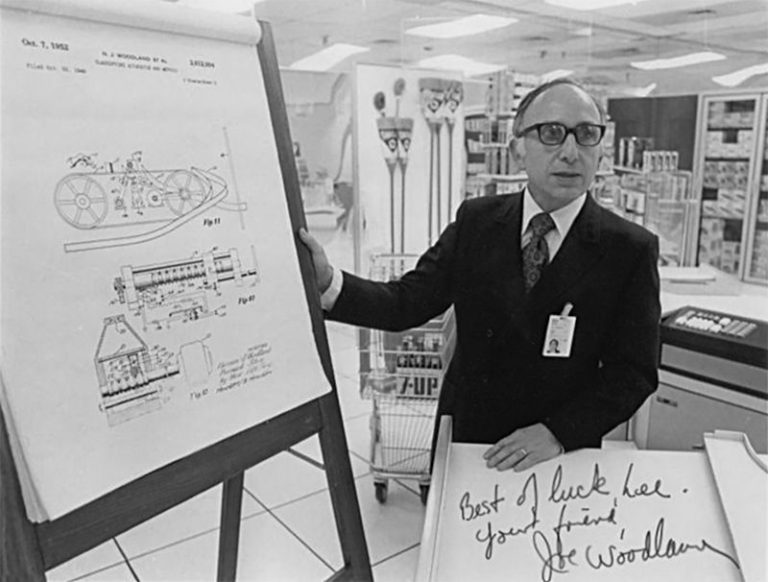
It was Morse Code that gave him the idea. Woodland had learned it when he was in the Boy Scouts. As he was sitting in a beach chair and pondering the checkout dilemma, Morse came into his head
In 1976, the father of a young man who had been tortured and killed in Paraguay while in police custody witnessed one of his son’s torturers walking the streets of Manhattan. The father called the INS, who arrested the former Paraguayan officer for overstaying his visitor’s visa. The father and sister then brought an ATS case against the officer, and in 1980, a U.S. federal court in New York upheld their claims, opening the door for future claims under the Alien Tort Statute.
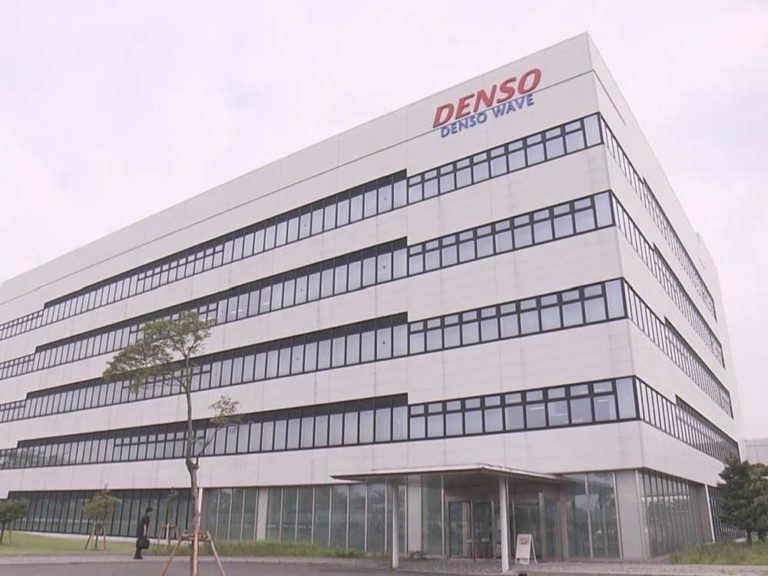
Denso engineer Hara Masahiro invented the QR code 25 years ago. The division where he worked was subsequently split off into a subsidiary named Denso Wave, where he now holds the post of chief engineer.
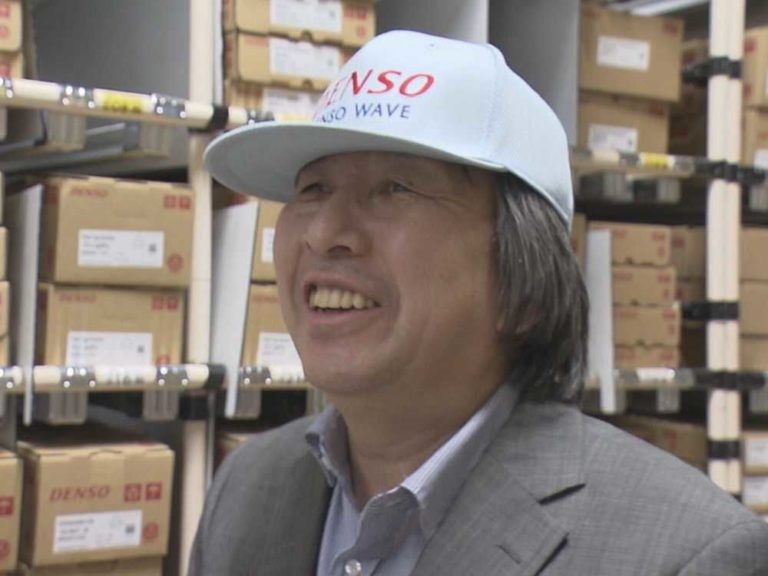
Hara says that the company previously used barcodes to keep track of parts, but that the system was inefficient. “There were upward of ten barcodes on any one box,” Hara recounts. “Employees got tired of having to scan boxes multiple times, and this led us to come up with a code that would enable a large volume of information to be conveyed in a single scan.” From the need to keep better track of car parts sprang the QR code.
A QR code is characterized by a two-dimensional pattern of square black and white dots. With this pattern, it is possible to imbed 200 time more information than a standard barcode.
The codes can contain basic information like links to websites or large volumes of data consisting of over 4,200 alphanumeric characters that are encoded into the patterns. To access the information, a person needs only scan the QR code.
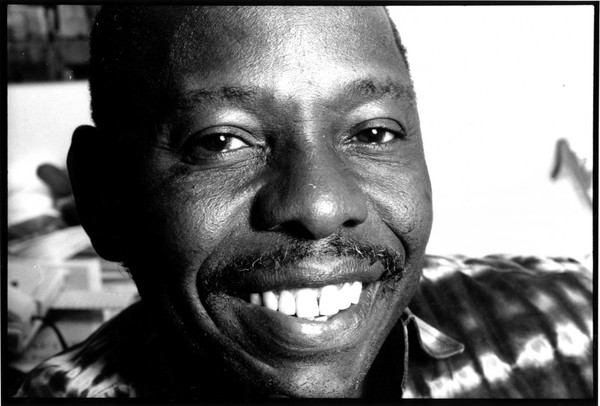
Wiwa v. Royal Dutch Petroleum, Wiwa v. Anderson, and Wiwa v. Shell Petroleum Development Company are three lawsuits filed by the Center for Constitutional Rights (CCR) and co-counsel from EarthRight International on behalf of relatives of murdered activists who were fighting for human rights and environmental justice in Nigeria. The lawsuits are brought against the Royal Dutch Petroleum Company and Shell Transport and Trading Company (Royal Dutch/Shell); the head of its Nigerian operation, Brian Anderson; and the Nigerian subsidiary itself, Shell Petroleum Development Company (SPDC).
In 1995, the company and its subsidiary colluded with the Nigerian government to bring about the arrest and execution of the Ogoni 9. The Ogoni 9 was a group of activists that were hanged on November 10, 1995 after a "trial" before a special military tribunal based on fabricated charges.
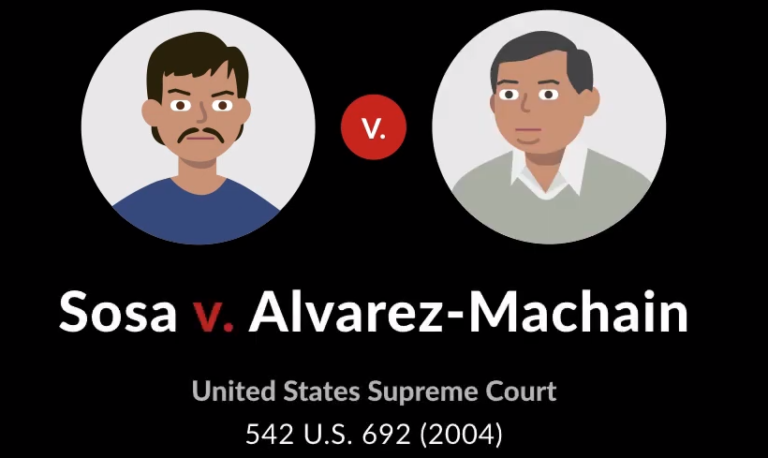
In the midst of the controversy surrounding the corporate and U.S. accountability suits, the Filartiga line of ATS cases was vindicated by the U.S. Supreme Court. In its 2004 ruling in Sosa v. Alvarez-Machain, the Court held that the ATS grants federal courts jurisdiction over claims based on specifically defined, universally accepted and obligatory norms of international law. In establishing this standard, the Court effectively gave the green light to the use of the ATS as a means of redress for severe human rights abuses.
Sosa did not sweep every kind of international law under the reach of the ATS, nor did it rule on which U.S. treaties are justiciable under the statute. The majority's discussion of treaties serves only to illuminate which sources courts can look to when determining what constitutes the law of nations, as the fact pattern of the case concerns only the latter. Another point of note is that Sosa only addresses suits between natural persons; claims where plaintiffs and/or defendants are entities (e.g., corporations, governments, etc.) are not part of the Court's holding. Finally, the Court does not address the asymmetry of rights, whereby alien plaintiffs enjoy a right under the ATS (i.e., federal rather than state jurisdiction over tort damages of any amount) that U.S. citizens do not.
With the above considerations in mind, the Court established a flexible framework for determining which torts constitute causes of action under the ATS. Four key principles underpin the framework: universality, obligatory nature, specificity, and prudential considerations.
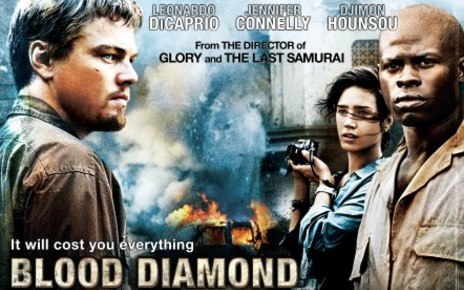
The film Blood Diamond spotlights the illicit diamond market that fueled the Sierra Leone civil war, showing the inner workings of the trade and its effects on the country.
Consumers were unaware of where their purchases were coming from and had no idea of the implications that they caused. This specific market led to the establishment of the Kimberley Process in 2003, which certifies the country of origin of diamonds and prevents illicit sales of stones.
While the Kimberly Process brings awareness, there still is no legal regime or technology to assure compliance.
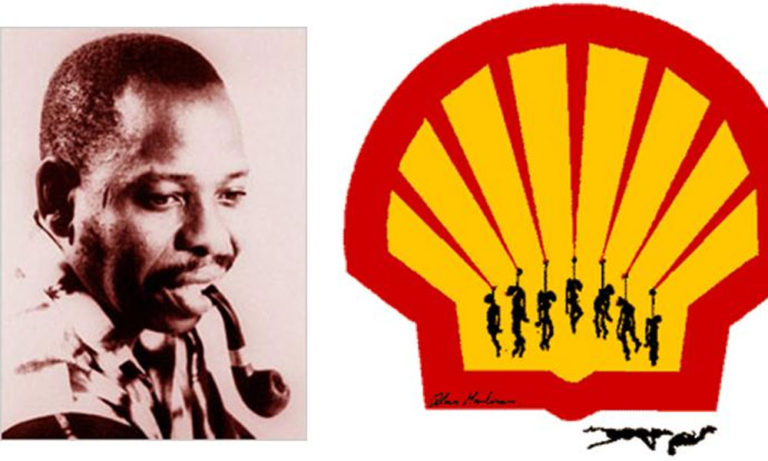
On the eve of trial, the parties in Wiwa v. Shell agree to a $15 + MM settlement for all three of the lawsuits.
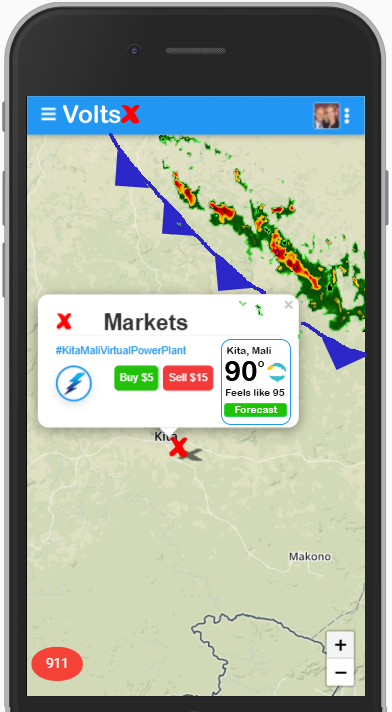
Exchange transactions are geolocated in an immutable blockchain which helps buyers and sellers locate each other and also provides a history of production location data to ensure product integrity.

The Alien Tort Statute (ATS) does not permit lawsuits against corporations. Justice Anthony Kennedy authored the opinion for the 5-4 majority. The Court found that the original purpose of the ATS was to ensure that federal courts of the United States were available venues for foreign nationals alleging violations of international law and thereby to assuage potential foreign-relations issues. The Court reasoned that in this case, to allow the lawsuit to proceed would have the opposite policy effect, straining diplomatic relations with Jordan. If Congress wants to allow for lawsuits against foreign corporations in these types of circumstances, Congress should explicitly do so.
Justice Neil Gorsuch wrote a concurrence in which he concluded that there are two additional reasons the lawsuit should be dismissed—that the ATS is a jurisdictional statute that does not create a new cause of action and that federal courts should require a domestic defendant before hearing a lawsuit under the ATS.
Justice Sonia Sotomayor wrote a dissenting opinion in which Justices Ruth Bader Ginsburg, Stephen Breyer, and Elena Kagan joined. Justice Sotomayor wrote that the text, history, and purpose of the ATS support the conclusion that corporations may be sued under the law and that the Court's decision absolves corporations of responsibility for egregious human rights abuses.

Smartphones allow for 3-4 Billion people to have their own scanner. Large smart phone manufacturers place QR code readers in the OS.
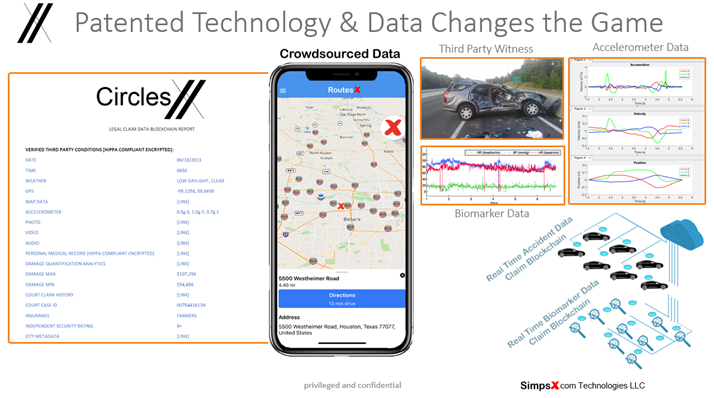
CirclesX technology patent families extend to include crowdsourced legal blockchains as immutable structures to help solve legal claims across auto accident claims, Medicare Claims, health care claims, and product liability claims.

Children from Burkina Faso take a break last year on a cocoa farm near the village of Niambly, Ivory Coast.
Despite years of promises by the chocolate industry, child labor remains widespread on cocoa farms

In many embodiments, an important feature of the method is
linking and synchronizing and associating the non-electronic codes with portable multifunction
devices over the multi-dimension code legal blockchain which transforms nonelectronic
objects into trackable objects along the multi-dimension code legal blockchain.

Protected: Foodie Body Custom Cancer Calibration Plan
There is no excerpt because this is a protected post.
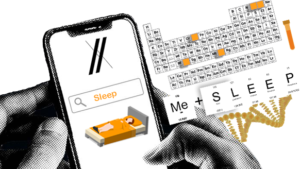
Sleep and the multiple forms of recovery
Sleep and the multiple forms of recovery. Sleep is one of the most important pillars of life. In this post, we will walk through how
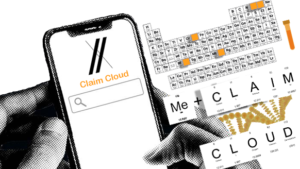
Increase your improper payment recovery rate with CirclesX Claim Cloud
What is the CirclesX Claim Cloud and how does it work? Using the CirclesX Claim Cloud is simple CirclesX Claim Cloud has developed a new

CirclesX Claim Cloud
CirclesX Claim Cloud CirclesX Claim Cloud has developed a new way to use IoT device data in claim recovery. CirclesX claim recovery technology provides a

Celebrating Centenarians
Celebrating Centenarians Living your best life past age 65 is even better than drinking a fine bottle of wine of first growth vintage. The famous
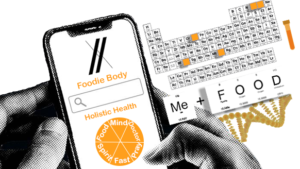
Holistic Health
Holistic Health While some choose a term such as Integrative Medicine (IM), which is a form healing – oriented medicine that takes account of the
